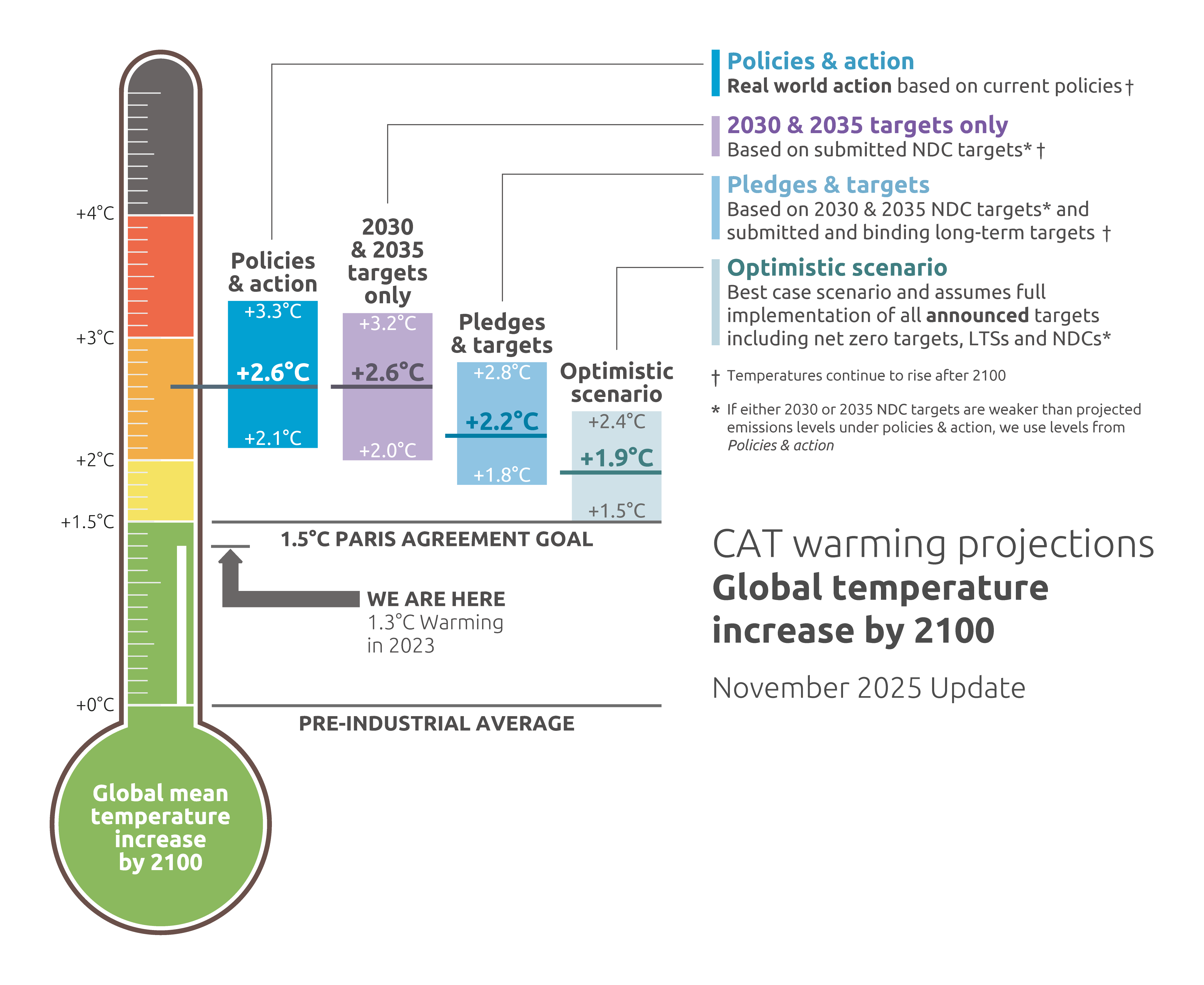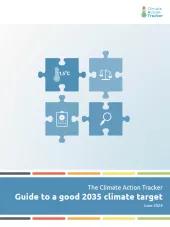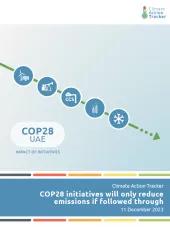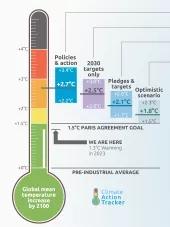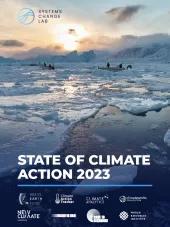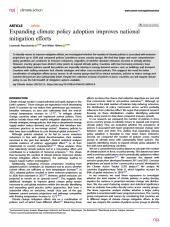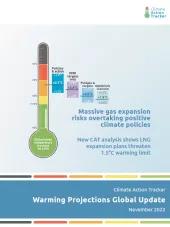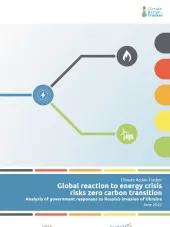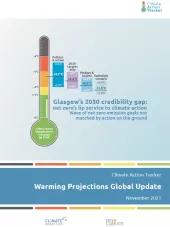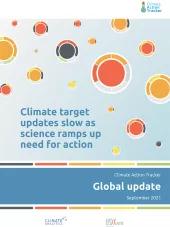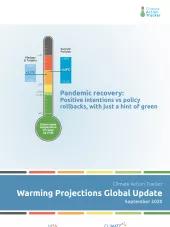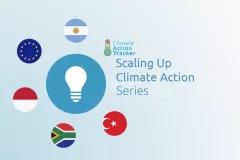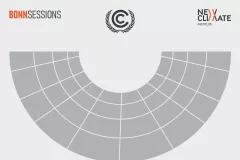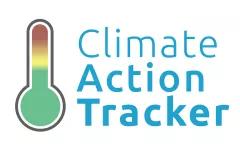Little change in warming outlook now for four years
Ten years after the Paris Agreement, the world stands at a critical juncture in the fight against climate change, with little to no measurable progress in the Climate Action Tracker’s (CAT) warming projections for the fourth consecutive year.
New 2035 climate targets and lack of ambition raising for 2030 targets make no difference on projections.
Almost none of the 40 governments the CAT analyses have updated their 2030 targets, which are critical to keep warming levels below 1.5°C. The warming projection for the CAT’s “2030 and 2035 targets” scenario, estimating the impact of submitted climate targets to date, remains at 2.6°C, the same as last year. In other words, the 2035 NDCs submitted so far do not change the dial in terms of keeping warming to 1.5°C.
The gap between climate targets and the 1.5°C pathway is projected to grow by around 2 billion tonnes of CO₂e between 2030 and 2035, from 29 to 31 GtCO₂e. Major emitters, including China and the EU, have not yet proposed targets that shift their course significantly, while the United States has rolled back climate policies, undermining global climate action and weakening progress under the Paris Agreement.
Fossil fuel expansion vs. clean energy momentum
Despite slow policy action, there are signs of progress. Renewables are accelerating rapidly, with solar and wind now among the cheapest sources of power. In 2025, renewable energy generated more electricity globally than coal for the first time, showing that clean energy deployment is outpacing expectations. However, the continued expansion of fossil fuel production and consumption threatens to offset these gains and delay emissions reductions.
Progress in the ten years since the Paris Agreement
Our analysis shows the Paris Agreement works. We can see the improvements in the global temperature projections over time. Back in 2015, our assessment of existing policies showed the world was on track to around 3.6°C of warming by 2100. Ten years later, our latest projections show that this has been reduced by roughly 1°C to around 2.6°C.
The Paris Agreement has reshaped scientific and policy approaches, pushed investment in clean technologies, and driven national reforms that would likely not have happened otherwise.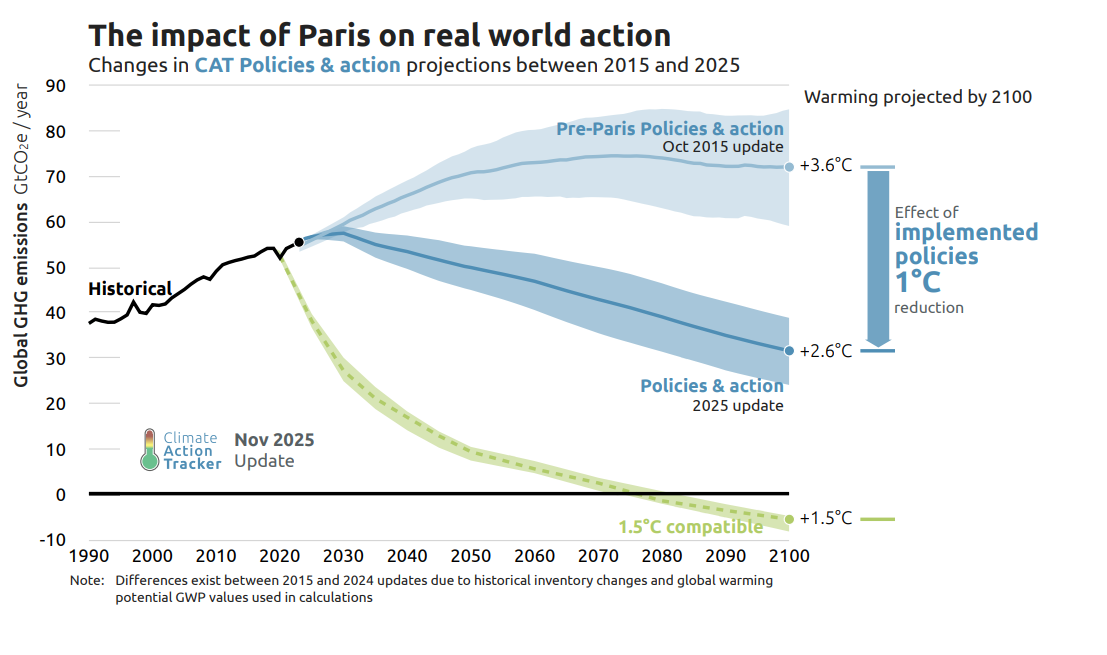
The road ahead: urgency and opportunity
The world is running out of time to avoid a dangerous overshoot of the 1.5°C limit. Insufficient action in the past decade has led to higher cumulative emissions and more carbon-intensive infrastructure. Even if global emissions are reduced by 50 percent by 2030, the IPCC Sixth Assessment Report indicates a high likelihood that warming would peak above 1.6°C.
Governments must now focus on urgent action to limit peak warming as much as possible and strengthen or overachieve their 2030 targets. Implementing the highest feasible ambition options could still limit peak warming to 1.7°C and bring global temperature rise below 1.5°C before 2100. The Paris Agreement has set the framework, but real leadership and decisive implementation are now needed to deliver on its promise and secure a sustainable future.

